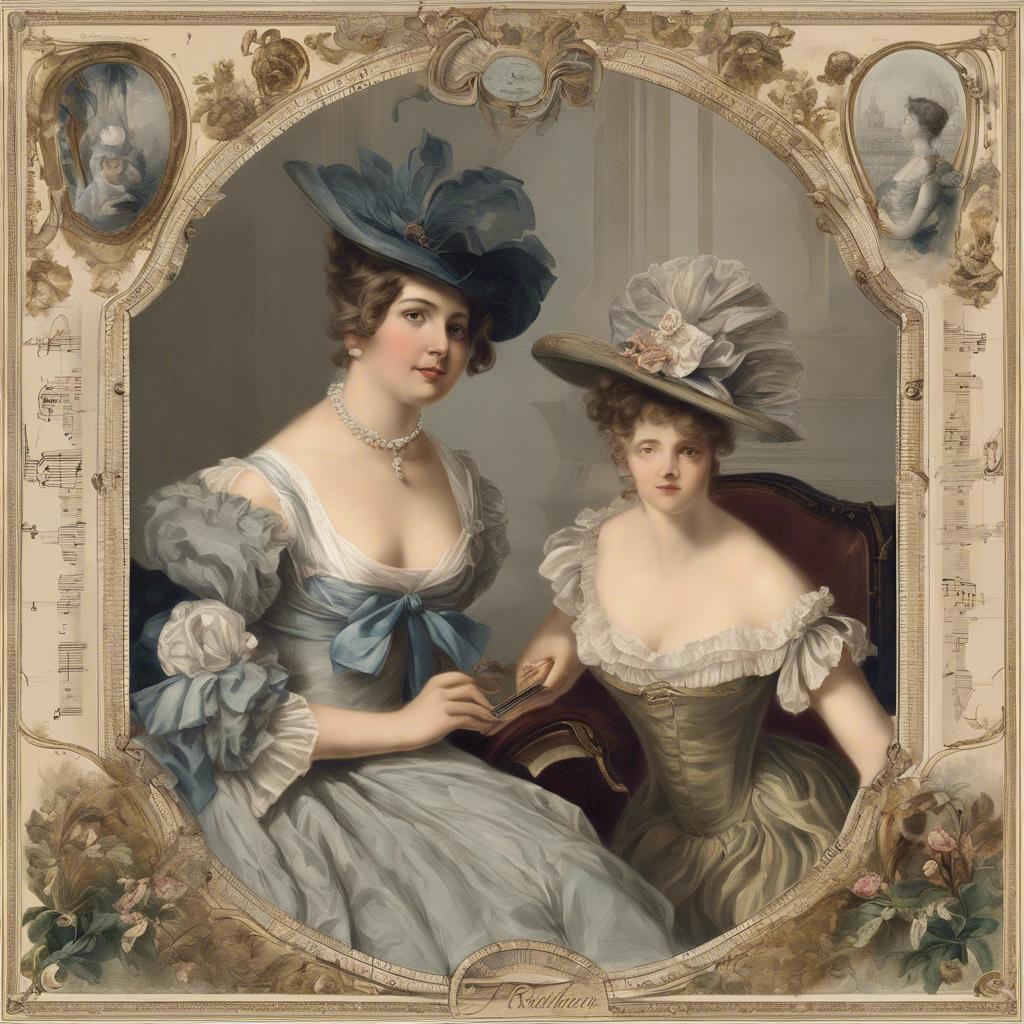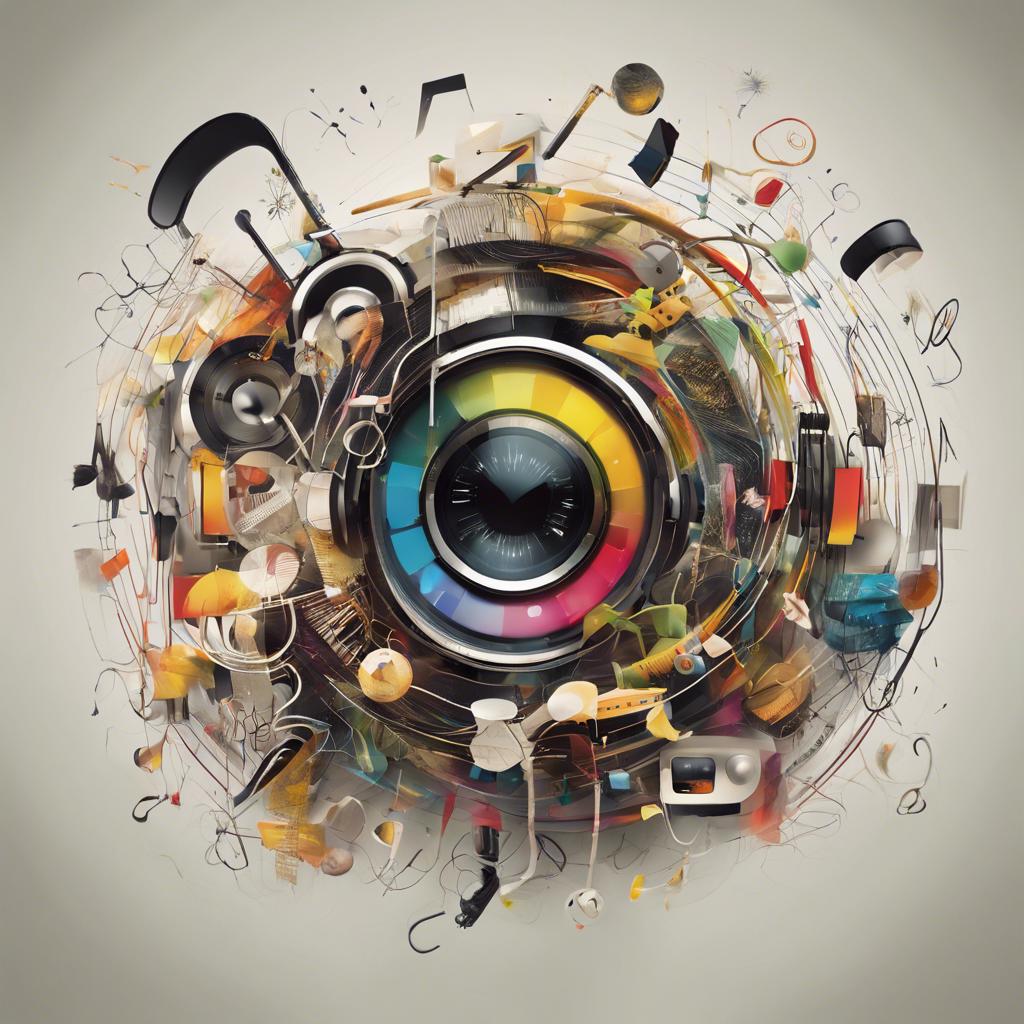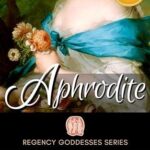During the era known as the Regency period, a unique and sophisticated style of music flourished in the salons and ballrooms of high society. This period, spanning from 1811 to 1820, marked a time of cultural refinement and elegance, with music playing a central role in the social gatherings of the elite. Regency music, characterized by its grace, charm, and meticulous attention to detail, reflected the values and tastes of the time. In this article, we will explore the rich history and distinctive characteristics of Regency music, shedding light on this lesser-known but influential chapter in the history of Western classical music.
Step Into the World of Cheryl Bolen
Dive into the enchanting stories of love, intrigue, and elegance set in the Regency Era. Cheryl Bolen's novels offer timeless romance and captivating tales that will leave you wanting more.
Explore Cheryl Bolen's Books Now
An Exploration of Regency Music: A Glance into the Elegance and Sophistication of the Era
During the Regency era, music played a significant role in the lives of the upper class, reflecting their elegance and sophistication. The music of this era was characterized by its refinement and complexity, showcasing the talents of composers such as Ludwig van Beethoven and Franz Schubert. Instrumental music, particularly piano sonatas and chamber music, was highly popular among the nobility and gentry.
One prominent feature of Regency music was the use of dance forms in both instrumental and vocal compositions. The waltz, minuet, and quadrille were all widely enjoyed and often performed at social gatherings and balls. These dances not only provided entertainment but also served as a way for individuals to display their grace and poise.
Additionally, the Regency era saw the rise of opera as a popular form of entertainment. Operas by composers such as Mozart and Rossini were frequently performed in theaters, attracting a diverse audience that ranged from the aristocracy to the working class. The melodious arias and intricate orchestration of these operas captivated listeners and solidified the genre as a staple of Regency music.
The Influence of Regency Music on Society: How Harmonious Tunes Shaped Cultural Norms
During the Regency era, music played a significant role in shaping societal norms and behavior. The harmonious tunes of this period not only entertained the upper classes but also influenced fashion, social interaction, and even political discourse.
Regency music was characterized by its elegance, refinement, and emotional depth. Composers such as Beethoven, Haydn, and Mozart were popular during this time, creating symphonies, operas, and chamber music that spoke to the hearts of the English gentry. The melodies and rhythms of these musical compositions were not only pleasing to the ear but also served as a cultural touchstone for the aristocracy.
Ballroom dances were a popular pastime during the Regency era, with music playing a central role in these social gatherings. The waltz, quadrille, and minuet were all beloved dances of the time, with specific musical compositions tailored to each dance style. The etiquette and grace displayed on the dance floor were a reflection of the refinement and sophistication of Regency society, all of which were heavily influenced by the harmonious tunes of the era.
Reviving Regency Music: Tips and Tricks for Authentic Renditions and Period-inspired Performances
If you are looking to bring the sounds of the Regency era back to life, there are a few key tips and tricks to keep in mind for authentic renditions and period-inspired performances:
1. Study the Musical Style: Take the time to listen to recordings of music from the Regency era, paying attention to the instrumentation, phrasing, and overall style. Understanding the musical nuances of the time period will help you capture the essence of Regency music in your performances.
2. Use Period Instruments: Whenever possible, incorporate authentic period instruments into your renditions of Regency music. Instruments such as fortepianos, harpsichords, and violins were commonly used during this time period and can help enhance the authenticity of your performances.
To Wrap It Up
regency music, with its delicate melodies and elegant compositions, offers a glimpse into the cultural and social landscape of the early 19th century. As a reflection of the refined tastes and sophisticated sensibilities of the regency era, this music continues to enchant listeners today with its timeless beauty and grace. Through its intricate harmonies and intricate instrumentation, regency music captures the essence of a bygone era, transporting us to a world of opulence and refinement. So, let us continue to appreciate and cherish the musical legacy of the regency period, as it truly is a testament to the enduring power of art and culture in shaping our understanding of history.


